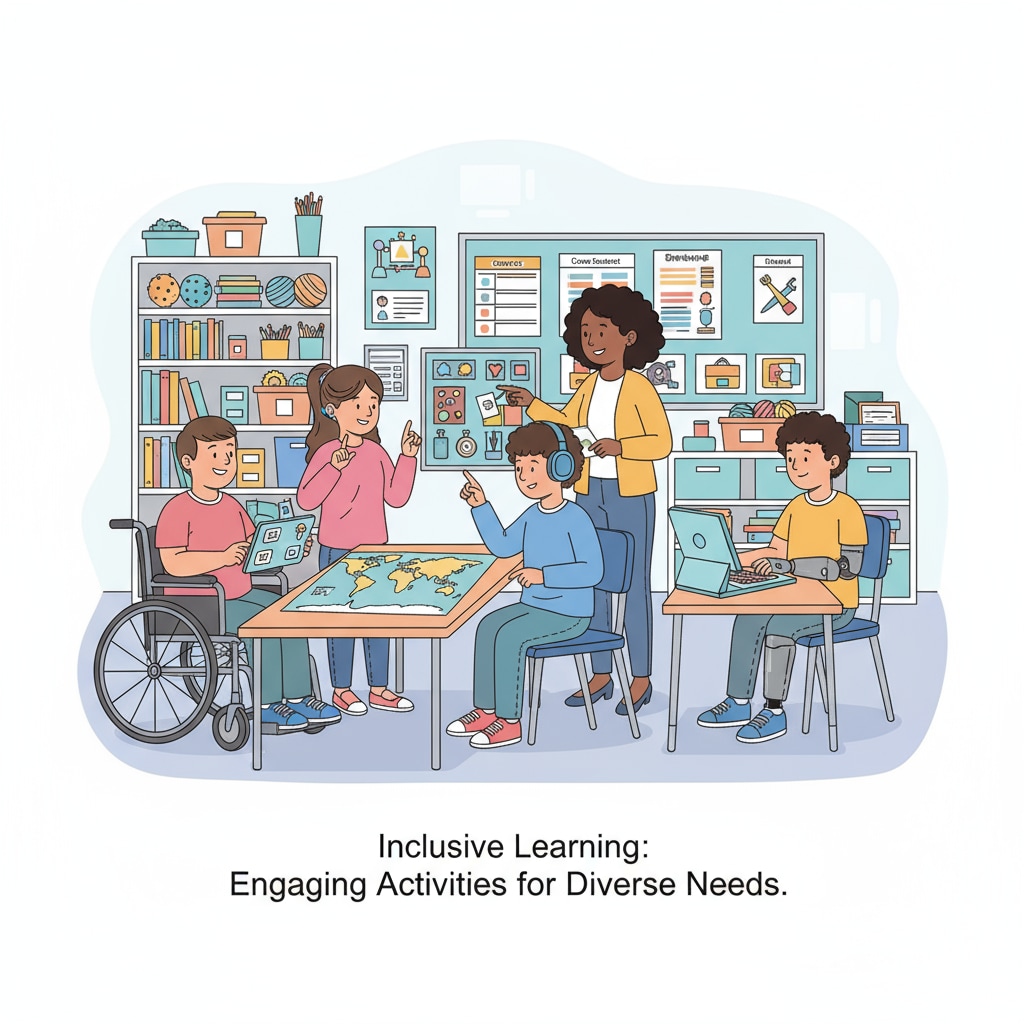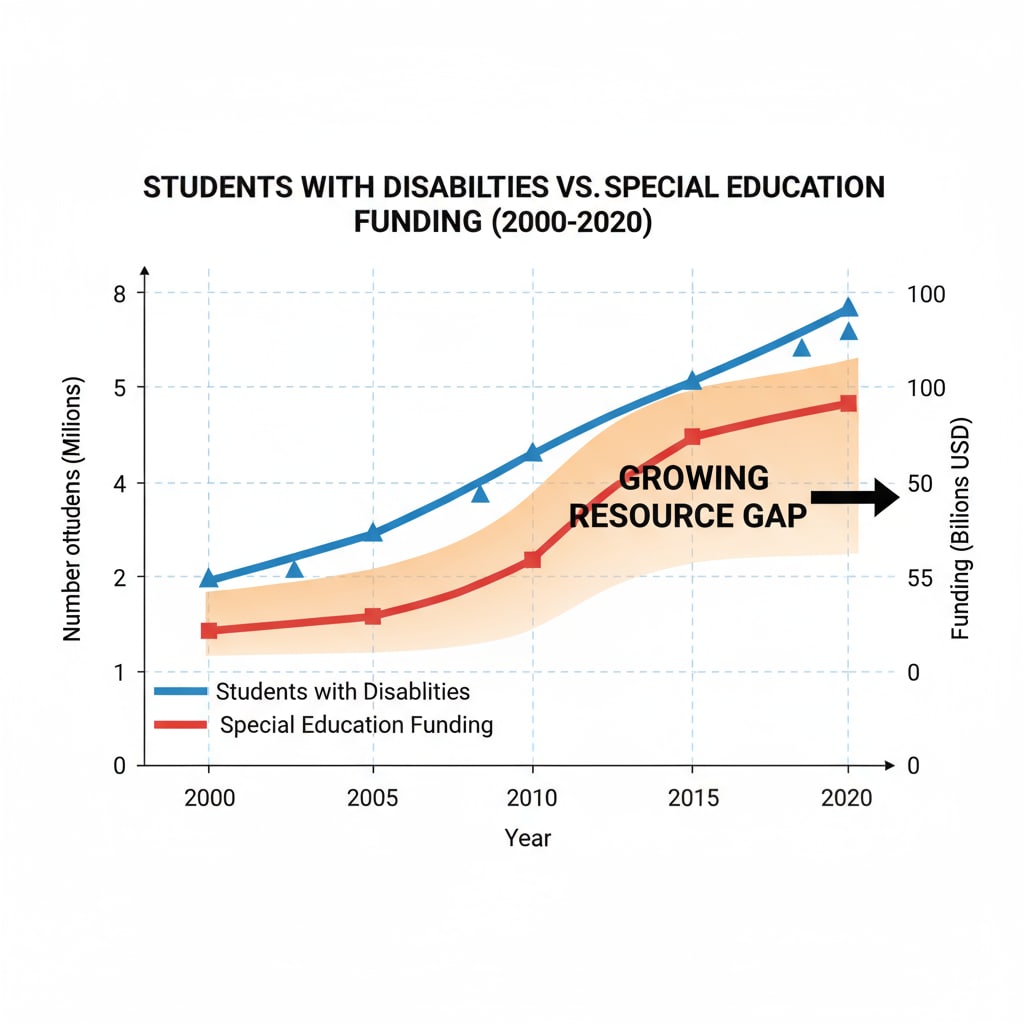The US federal education system is currently at a critical juncture, with the Office of Special Education Programs (OSERS) facing a significant personnel and resource reduction crisis. This situation has far-reaching implications for special education, directly affecting millions of students with disabilities. As the backbone of the special education system, OSERS plays a crucial role in ensuring that these students receive the support and resources they need. However, the ongoing government shutdown and subsequent cuts are putting this system at risk.

The Root Causes of the Crisis
The crisis within OSERS can be traced back to several factors. Firstly, the government shutdown has had a major impact. During these periods, federal agencies often face budgetary constraints, leading to reduced funding for various programs, including special education. This lack of financial resources has forced OSERS to make difficult decisions, such as laying off staff or reducing support services. Additionally, long-term budgetary policies at the federal level have not adequately accounted for the growing needs of the special education population. As the number of students with disabilities continues to rise, the resources allocated to OSERS have not kept pace.

The Ripple Effects on Special Education
The consequences of these cuts are already being felt across the special education landscape. One of the most immediate impacts is on the quality of education provided to students with disabilities. With fewer staff, educators are stretched thin, making it difficult to provide individualized attention and support. This can lead to delays in students’ learning progress and a failure to meet their specific needs. Moreover, the reduction in resources means that schools may not have access to the latest assistive technologies or specialized teaching materials, further hindering the educational experience of these students. In addition, the cuts are affecting the professional development opportunities for special education teachers. Without proper training and support, it becomes challenging for them to stay updated with the latest teaching methods and best practices.
As a result, there is a growing concern among educators, parents, and advocates about the future of special education in the United States. The situation calls for immediate action to safeguard the rights and well-being of students with disabilities. Across the nation, a resistance movement has emerged, with various stakeholders coming together to demand that the government prioritize special education funding and ensure the stability of the OSERS. They are advocating for policies that will provide adequate resources and support to meet the diverse needs of students with disabilities.
Readability guidance: The article uses short paragraphs to clearly present the main ideas. Each H2 section provides a summary of key points. The passive voice and long sentences are controlled. Transition words like “firstly”, “moreover”, “additionally”, and “as a result” are used to enhance the flow of the text.


